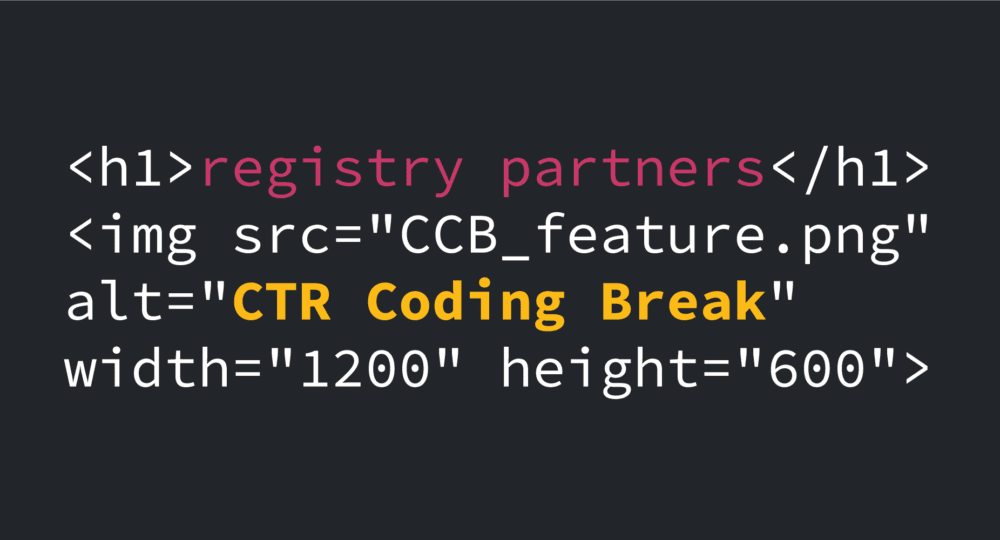Kidney cancer staging application for clinical coding, pN coding and overview of surgery coding is presented in this month’s coding break. Multiple examples are reviewed and discussed to show how and when to appropriately assign clinical staging, and pN coding. Surgery coding information is briefly discussed as well, in addition to the new code(s)/structure of codes for diagnosis year 2023.
Imaging and physician statements regarding a diagnosis of kidney cancer play a role in the clinical stage. In cases, where no suspicion of kidney cancer is present prior to surgery involving the kidney, whereby a diagnosis of cancer is established at the time of surgery, no clinical stage is applicable.
Pathologic N category assignment is based on assessment of a lymph node, this can be met by a FNA procedure, if no other surgical assessment or lymph node dissection is performed. If a FNA procedure is performed, this should be designated with the (f) suffix.
If no examination of a lymph node is performed, the pN category should be coded to pNX. For AJCC 8th edition staging, the kidney chapter does not qualify for use of cN0, as is available for some other disease site chapters.
Also discussed, is a pathologic description of a ‘lymph node with paraganglioma’ which is NOT a lymph node. Therefore, selection of pN0 versus pNX is affected. You would select pNX in this scenario.
Kidney prognostic stage groups show T3 and T4 coding, even when no lymph node examination or assessment is available. If a T3 exists, the N category can be NX or N0, still resulting in Group III. If a T4 exists, the N category is shown within the stage group table as ‘Any N’ which results in Group IV, with either M0 or M1.
Surgery coding for nephrectomies must take into account whether or not the Gerota’s fascia was removed. For the 2023 diagnosis year, new surgery coding structures have been applied.





